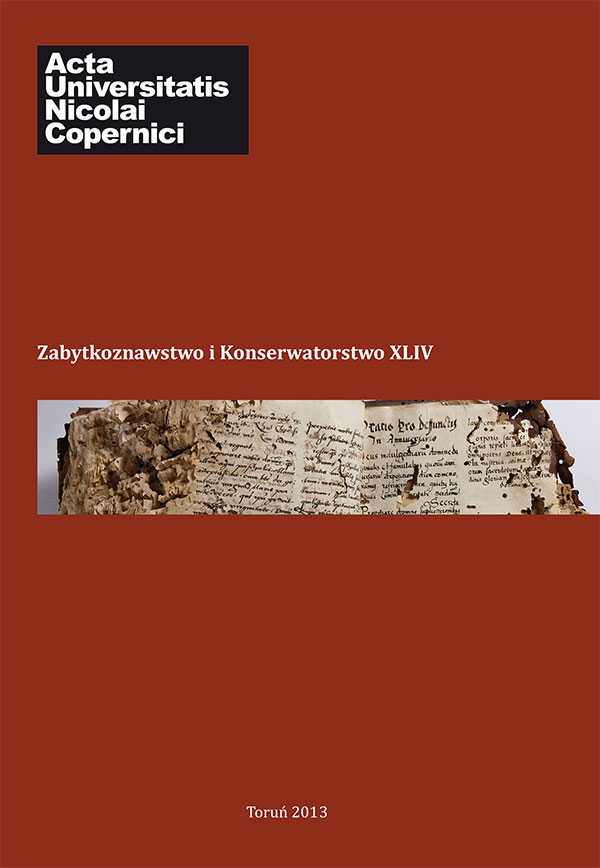Wybrane zagadnienia dotyczące sposobów nabywania własności dzieł sztuki i zabytków przez muzea
DOI:
https://doi.org/10.12775/AUNC_ZiK.2013.022Abstrakt
The article presents the ways of acquiring cultural objects by museums in the Polish law. Museums have special prerogatives in buying objects from professionals (priority right) as well as the right of pre-emption on auctions stipulated in museums law. All the above constitute museums as privileged participants on the art market. The deaccesion of museums’ collections is supervised by The Ministry of Culture and National Heritage. All transactions, sales, exchange or donations included, require the Minister’s permit. The supervision system is a result of the regulations on the protection of cultural heritage and the will to keep as many objects as possible in the museums. Sometimes legal status of the objects in question is not transparent (ex. an object is private property that was placed in museum because of nationalization, war etc.). In such cases the museum should consider to return the object to the legal owner or to buy it from them. If the object is in the museum’s possession, the limitation regulations can be applied. Then the museum only has a moral duty to fulfill the legal owner’s demand (Polish Supreme Court verdict from 17 February 2012, III CSK 208/11).
Pobrania
Opublikowane
Jak cytować
Numer
Dział
Licencja
CC BY ND 4.0. Posiadaczem prawa autorskiego (Licencjodawcą) jest Autor, który na mocy umowy licencyjnej udziela nieodpłatnie prawa do eksploatacji dzieła na polach wskazanych w umowie.
- Licencjodawca udziela Licencjobiorcy licencji niewyłącznej na korzystanie z Utworu/przedmiotu prawa pokrewnego w następujących polach eksploatacji: a) utrwalanie Utworu/przedmiotu prawa pokrewnego; b) reprodukowanie (zwielokrotnienie) Utworu/przedmiotu prawa pokrewnego drukiem i techniką cyfrową (e-book, audiobook); c) wprowadzania do obrotu egzemplarzy zwielokrotnionego Utworu/przedmiotu prawa pokrewnego; d) wprowadzenie Utworu/przedmiotu prawa pokrewnego do pamięci komputera; e) rozpowszechnianie utworu w wersji elektronicznej w formule open access na licencji Creative Commons (CC BY-ND 3.0) poprzez platformę cyfrową Wydawnictwa Naukowego UMK oraz repozytorium UMK.
- Korzystanie przez Licencjobiorcę z utrwalonego Utworu ww. polach nie jest ograniczone czasowo ilościowo i terytorialnie.
- Licencjodawca udziela Licencjobiorcy licencji do Utworu/przedmiotu prawa pokrewnego nieodpłatnie na czas nieokreślony
PEŁEN TEKST UMOWY LICENCYJNEJ >>
Statystyki
Liczba wyświetleń i pobrań: 436
Liczba cytowań: 0



